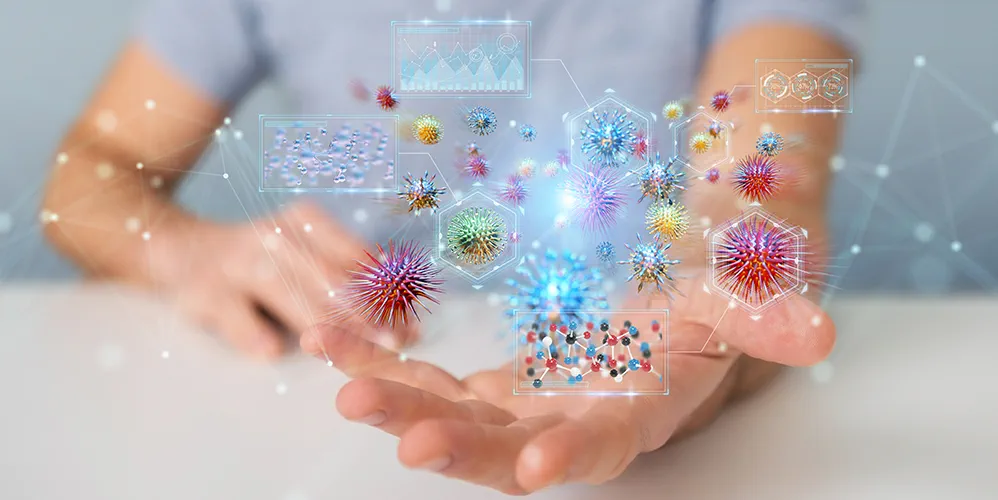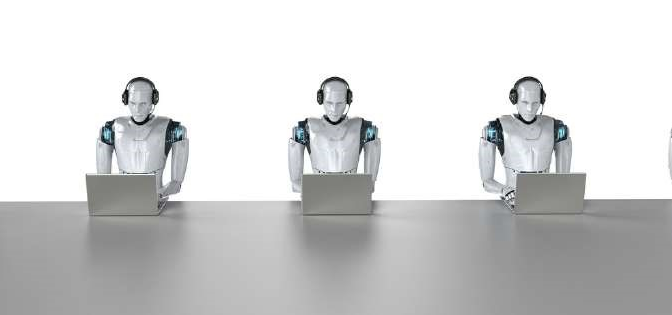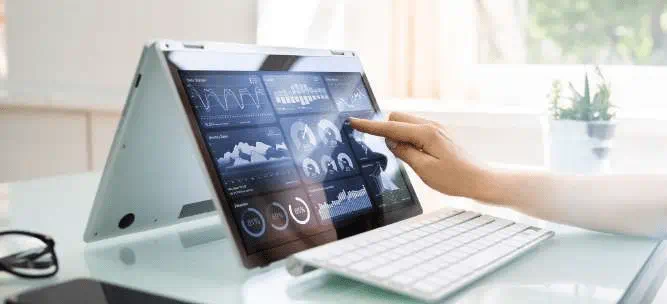
The pandemic & cybersecurity
26 Aug 2020

There is no doubt that the COVID-19 pandemic has caused an outbreak of new and unanticipated business moments. As digital spreads its roots deeper, it also increases the risk and impact of cyberattacks. The World Economic Forum’s COVID-19 Risks Outlook reported that 50% of enterprises were concerned about increased cyberattacks due to a shift in work patterns alone.
A TCS report states that, cybercriminals are using the heightened digital footprint and traffic to track vulnerabilities, or to siphon off money. They are launching Covid-19-themed attacks in the form of phishing emails with malicious attachments that drop malware to disrupt systems or steal data and credentials.
Attackers are creating temporary websites or taking over vulnerable ones to host malicious code. They lure people to these sites and then drop malicious code on their digital devices. Fake websites have also been soliciting donations for daily wage earners through email links. Some Covid-19 patient count-status apps and links are laden with viruses and identity theft malware. Remote working tools such as videoconferencing systems have been hacked for vulnerabilities; recent examples on Zoom are alarming.
In such a scenario, the first step in the right direction for Organisations would be to advise their staff and customers to be more vigilant and cautious especially when opening links, emails or documents related to the subject COVID-19.
Next, organizations should ensure their detection and ing capabilities are functional while keeping an eye on the impact of having many remote workers. There are some interesting solutions available in the market. For eg. KnowBe4 delivers on-demand internet security awareness training to small and midsized enterprises focussing on threats like social engineering, spear-phishing and ransomware.
Cofense provides organizations with the ability to improve their employees’ resilience towards spear phishing, malware and drive-by attacks and further facilitate employee-sourced detection of such attacks.
In India, cybersecurity start-ups like Cloudsek offers real-time information to prevent and monitor cyber threats through its SaaS platform. Another start-up Cyware’s cyber fusion solutions empowers organisations to foster information sharing with their employees mitigating cybersecurity risks.
The pandemic presents an opportunity for full-blown innovation, a dramatic shift in perspective and the adoption of safe and resilient operating processes. The intensity and emphasis an organisation brings to its cybersecurity strategy will determine its long term growth.
Credits : Akhil Handa
Popular Articles
What's the Difference Between a Gold Loan and a Loan Against Property?
Related Articles










-
Disclaimer
The contents of this article/infographic/picture/video are meant solely for information purposes and do not necessarily reflect the views of Bank of Baroda. The contents are generic in nature and for informational purposes only. It is not a substitute for specific advice in your own circumstances. Bank of Baroda and/ or its Affiliates and its subsidiaries make no representation as to the accuracy; completeness or reliability of any information contained herein or otherwise provided and hereby disclaim any liability with regard to the same. The information is subject to updation, completion, revision, verification and amendment and the same may change materially. The information is not intended for distribution or use by any person in any jurisdiction where such distribution or use would be contrary to law or regulation or would subject Bank of Baroda or its affiliates to any licensing or registration requirements. Bank of Baroda shall not be responsible for any direct/indirect loss or liability incurred by the reader for taking any financial decisions based on the contents and information mentioned. Please consult your financial advisor before making any financial decision.
Technology for a Greener tomorrow
Dear Reader,
Climate change is real and it is happening. Observable effects are seen everywhere- glaciers have shrunk, ice on rivers and lakes is breaking up earlier, plant and animal ranges have shifted and trees are flowering sooner. A 2°C increase could mean more heat waves, a ten-fold increase in Arctic ice-free summers and a complete wipe-out of the world's coral reefs, home to millions of species. More frequent and intense drought, storms, heat waves, rising sea levels, melting glaciers and warming oceans can directly harm animals, destroy the places they live, and wreak havoc on communities and people's livelihoods.
As per NASA, the planet's average surface temperature has risen by about 0.9oC since the late 19th century, a change driven largely by increased carbon dioxide and other human-made emissions into the atmosphere. Companies realize the gravity of the situation and know that the time to act is now. Aiding them in this quest is Artificial Intelligence (AI) and other modern technologies like Machine learning.
Google’s UK-based DeepMind laboratory applies its industry-leading knowledge of neural networks and machine learning to apply more efficient data interpretation to energy consumption and energy-grid distributions. These learnings were deployed for efficient energy distributions in wind farms. Prediction models developed there were used in scheduling energy deliveries resulting in a 20% improvement in operational efficiency.
Climate change has led to teething problems for the global poor and poverty stricken populations leading to poor living environments and onset of diseases and other related ills. AP-Latam, a project run by Argentina-based Dymaxion Labs, uses AI to analyze high-resolution satellite imagery to detect areas of informal settlement growth in precarious areas that are logistically difficult to analyze on the ground. By understanding and predicting areas of potential slum growth and population movements, governments can make better decisions on how to help affected families mitigate the effects of climate change.
Transportation accounts for 23% of global greenhouse-gas emissions, leaving plenty of room for positive contributions from AI. DHL and IBM have teamed up to use artificial intelligence to improve DHL’s global logistics operations. By predicting demand, risk, supply-side variations and other variables, DHL is curbing emission by optimizing their process.
Earth is the only planet we have to call home and global warming is causing irreversible damage. Global awareness is creating waves of innovation and optimizations to reduce the global warming footprint of corporations and individuals.
Credits : Akhil Handa,Prithwijit Ghosh
The Ship Robots
The astounding progression of robotic technologies is playing a key role in the future of all industries. According to International Federation of Robotics (IFR), from 2020 to 2022 almost 2 million new units of industrial robots are expected to be installed in factories around the world. Like many different industries throughout the world, robots are impacting the maritime industry as well.
Take for example, SeaRobotics which has developed a Hull cleaning robot that helps save fuel and improves the efficiency of a ship. Their Hull BUG is a small autonomous vehicle which attaches itself to the underside of ships, using a negative pressure device that creates a vortex between the BUG and the hull. Sensors provide obstacle avoidance, path cleaning and navigational capabilities. A fluorometer lets the robot detect biofilm and then it uses rotary brushes or water-jets to scrub the fouling film off.
In another collaboration, the U.S. Maritime Administration (MARAD), has partnered with SEA-KIT to create robotic oil-cleanup vessels
Another solution by SeaDrone, can perform underwater Inspections in lieu of Dry Docking (UWILD). The solution is designed in a way that provides an end-to-end hull inspection solution, inspecting a vessel in 1 hour and creating a certified report that can be quickly shared with the stakeholders.
An alternative use case for robots in the maritime industry is strengthening of anti-piracy measures. ReconRobotics has developed a small, dumbbell-shaped robot that can infiltrate the main deck of a boat for stealth inspections. Magnetic wheels allow it to crawl up the side of a ship onto the deck and manoeuvre around. Cameras enable the operators to see what’s happening in real-time, even during the night, with the help of infrared sensors. The company has recently been awarded a contract by U.S. Navy to develop the Recon Scout XT micro-robot for them.
Promare, a U.K. ocean-research nonprofit, in partnership with IBM will unveil their new, fully autonomous ship - Mayflower on Sept. 16th, across the Atlantic Ocean. This autonomous ship will follow the same route on which the original Mayflower travelled 400 years ago.
The Mayflower Autonomous Ship (MAS) is chiefly propelled by solar power, with a diesel generator on board as backup. IBM will power an onboard “AI Captain” with the ship leveraging edge computing for its AI and navigational smarts. All the data processing must be available on the ship because a vessel in the middle of the ocean can’t rely on satellites or cloud connectivity.
As COVID-19 shifts global structures and accelerates innovation, we can easily visualise how robotic technology could help ships continue operating through future pandemics.
Credits : Akhil Handa

